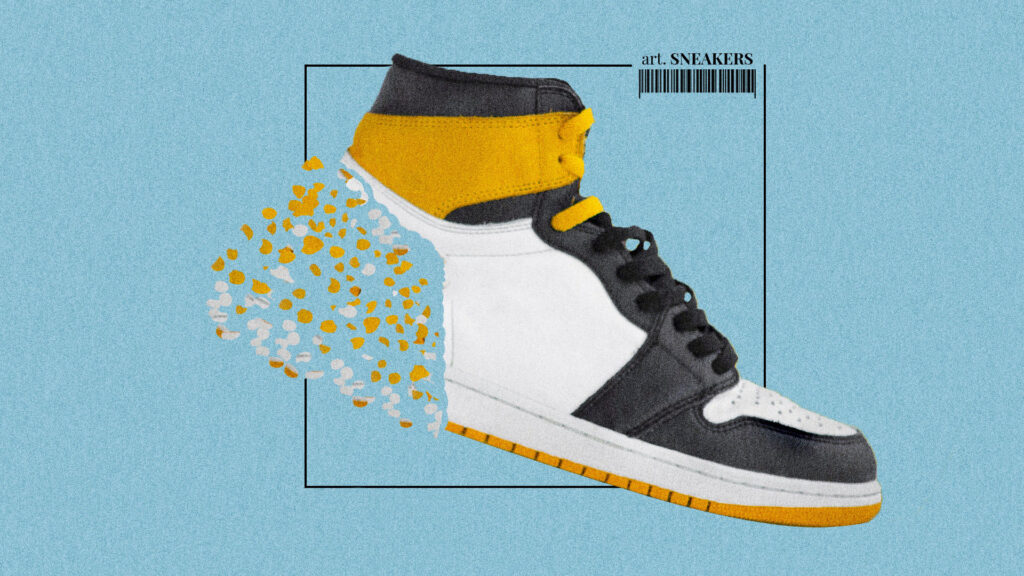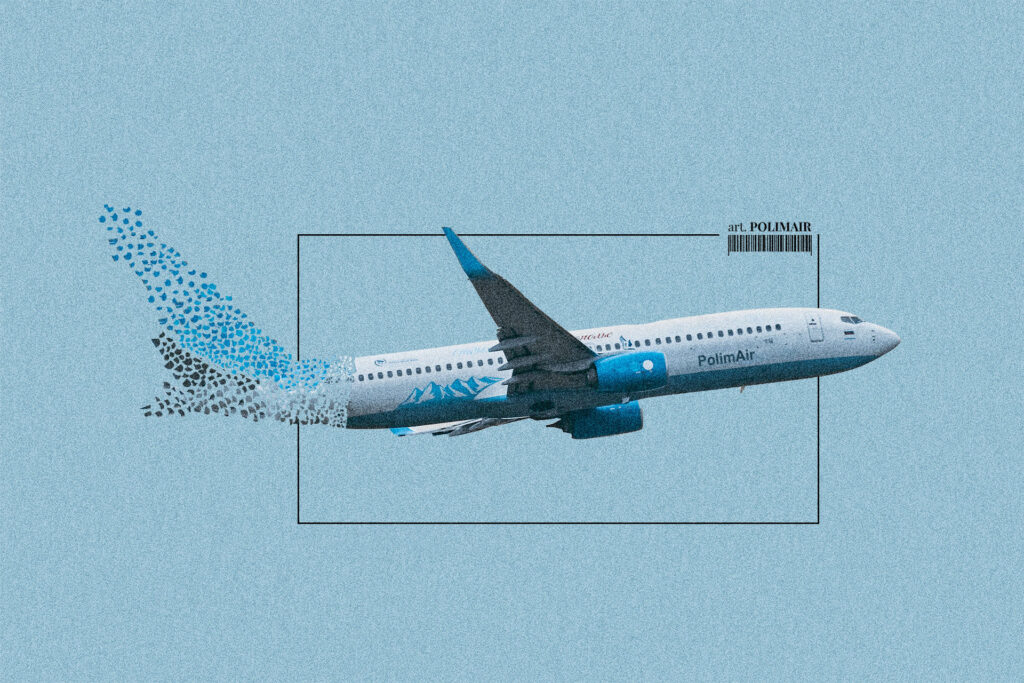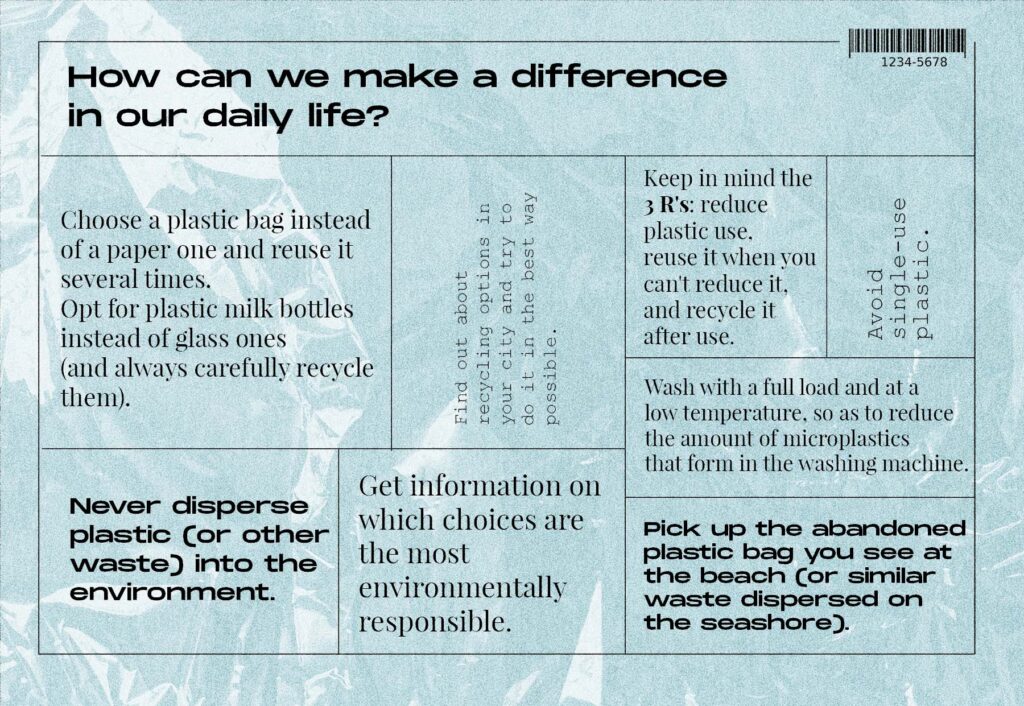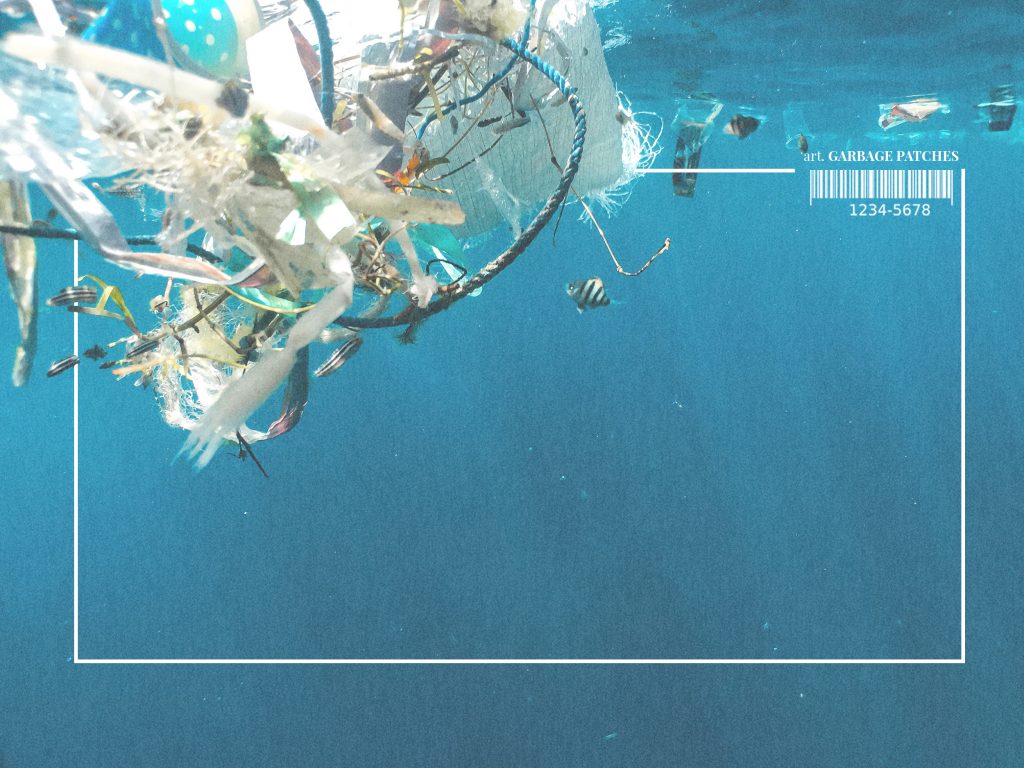New York, the city that never sleeps. The multi-faceted city that has something to offer to everyone: spectacular museums, historic skyscrapers overlooking Central Park, Jazz clubs, Madison Square Garden, the Metropolitan Opera.
And yet, just over a century ago, New York was going through a terrible social and health crisis: horses. The approximately 150,000 horses used to transport goods and people plagued the city with a daily production of millions of pounds of natural, but foul-smelling, scatological products.
The first conference on urban planning, held in 1898 in New York, was interrupted after only three days (instead of ten planned), because it seemed impossible to find a solution. The larger a city was, the more horses were needed to handle the movement of goods and people. It was a vicious circle. Fonte:Hosed
The solution to the problem was the automobile, which allowed movement and transportation without producing tons of manure on a daily basis. The car, the savior! It’s ironic that today the solution has become a problem (carbon dioxide, global warming, particulate matter, respiratory problems, and so on).
Was this the only time that an apparently brilliant invention turned into a problem, or had negative consequences? Of course not. Given how difficult it is to predict the consequences of even the most insignificant of our actions, this is not a big surprise.
There are numerous examples of “good” inventions turned “evil”: trinitrotoluene (TNT), initially used as a dye, was turned into an explosive in warfare; some insecticides designed to improve agricultural yields were later used as toxic gases (Sarin and Zyklon B); chlorofluorocarbons (known as freon), refrigerant liquids created to replace the more dangerous (and explosive) ammonia, became the main cause of the ozone hole; tetra-ethyl lead, an additive to optimize the combustion of gasoline, turned out to be the cause of neurological and cardiovascular damages. To this long and incomplete list we should add one of the most talked about, used and demonized inventions of our century, plastic bags. The inventor, Sten Gustaf Thulin, according to his son, invented them to create a long lasting product that could reduce the use of paper bags and save trees. Plastic definitely lasts. Talking about a problem solved too well.
Plastic bags, and plastic in general, are a good example of how a brilliant invention gets out of hand. The issue is that we, like modern-day Frankensteins, are often unable to handle the consequences of our own creativity.

PLASTIC AND THE ENVIRONMENT: IT’S COMPLICATED
When we talk about plastic we are referring to materials made of polymers, where poly means many, and mere means parts. A polymer is a macromolecule, i.e. a large molecule made up of smaller, interconnected, repeating molecules (called monomers).
POLYMERS… LIKE LEGO
To explain how a polymer is made, let’s take a set of Lego’s bricks to build a Lego tower. The bricks are the monomers, and the tower is the polymer. We can use bricks of different colors, build towers of different heights, using a different number of bricks. If we only had red and blue bricks, we could make a red tower or a blue tower (it’s called a homo-polymer, because it’s made of only one type of bricks). We could make red and blue towers (corresponding to co-polymers, i.e. polymers made of different monomers), and create different type of towers: a sequentially alternated red and blue tower, or a randomly arranged tower, or a tower set in blocks, for example the bottom red and the top blue. In other words, a polymer is a sequence (or chain) of monomers, i.e. smaller molecules, that combine according to certain rules. The materials that are obtained (consisting of many of these chains put together) have different properties, depending on the characteristics of the polymer chains used. For example, longer chains make it possible to form materials that have higher mechanical strength. A spacesuit, a pair of sneakers and a mattress are all made of polymers, but they are very different from each other, as are the properties of the polymers forming them.
On the one hand, plastics help the environment. That’s not a typo: plastics help us in limiting our impact on the planet. Ask the transport sector. Whether we’re talking about mopeds, cars, buses, trains, planes or ships, a lot of their components are made of polymeric materials. Using polymers instead of steel makes vehicles lighter, which means less fuel and electricity needed, which translates into less CO2 being emitted. Also producing food has a cost on the environment in terms of use of resources, and plastic limits food waste allowing us to store food for longer thanks to the “packaging”. Polymers help us to insulate our homes, thus saving on heating and again limiting the CO2.
On the other hand, the unprecedented success of plastic has led to three major setbacks, which we now have to remedy in some way. Namely, the dispersion of plastics in the environment, especially marine (such as the large accumulation of plastics in the oceans and on our shorelines); the accumulation of plastics in landfills, due to the lack of recycling; and the production of monomers from non-renewable sources.
A TOUGH TO CHEW SNACK
Let’s start with the first problem, the dispersion of plastic in the environment, and particularly in the marine environment. How much plastic ends up in the oceans? About 3% of all plastic waste, or 8 million tons per year. Fonte:Ritchie To get a graphic idea of the impact, browse the web and search for “garbage patches”. The so-called “garbage patches” are large areas where a large amount of plastic waste has accumulated. In the Pacific Ocean there is one that has an area of about 3 times the size of France, or 1.6 million square kilometers. Garbage patches are not actual islands, but very large areas in which there is a lot of scattered waste. Fonte:Noaa
Garbage patches accumulate waste of all sizes and types: fishing nets, bottles, containers, and microplastics, which are a subtle but insidious problem. Microplastics, or sub-millimeter-sized plastics (less than 5 millimeters in size, to be accurate), can either be formed by the breaking of larger materials due to solar radiation and waves (secondary microplastics), or by simply being very small in size (primary microplastics), such as those embedded in cosmetics and toothpastes. A major source of primary microplastics are synthetic clothing. During machine washing, some of these fibers can come off, either through abrasion or excessive temperatures. The problem can be reduced by washing at lower temperatures (30°- 40°C), faster cycles and full loads. In addition, several systems are being developed to directly capture in the washing machine the microplastics that are generated during washing. Fonte:Lant Because they are so small in size, microplastics can be wind transported and reach remote areas, such as wildlife parks, the Alps, and even the Arctic. One of the biggest problems with microplastics is that they end up in our food chain. According to a study by Australia’s Newcastle University, we consume about 5 grams per week, which is the equivalent (by weight) of a credit card. Exactly what the health consequences are we still don’t know. Fonte:WWF

But how does plastic end up in the oceans? Estimates are approximate, but about 70-80% comes from land-based sources (e.g., waste disposal mismanagement, littering) and 20-30% from marine sources (e.g., nets, lines, and other waste from fishing vessels, aquaculture systems, or marine transport systems). Fonte:Ritchie Rivers are the major land-carriers of plastic to the oceans. It is estimated that about 25 % of the total plastic reaching the oceans comes from rivers. Until a few years ago, plastics were thought to be concentrated in a relatively small number of rivers: early estimates identified that about 66-90% of all “fluvial” plastic passed through 10-20 waterways. New studies show a much more complex picture, in which the number of waterways to be controlled is much higher: 80% of “fluvial” plastic transits through 1600 rivers. This implies the need for a comprehensive strategy to address the problem. Fonte:Ritchie Fonte:Our
There are various countermeasures in place, from the development of barriers (made of air bubbles!) for the canals of Amsterdam, to the anchoring of “garbage-eating” boats, so far tested in Malaysia, Indonesia and the Dominican Republic. Fonte:Ocean Finally, to address the problem of “garbage patches”, a start-up company has built a kind of large floating barrier (made of plastic!), which should allow waste to be concentrated in a relatively small area, thus allowing a fast recovery by ship. Fonte:Ocean
It’s not a simple problem or one that will be solved in the short term, but there is a plan. Everyone can contribute to the solution by being more careful about how they throw away their waste and perhaps by picking up a discarded plastic bag at the beach the next time they go.
DIVIDE AND CONQUER
The second problem, the lack of recycling, is even more complex to solve, because there are physical and chemical limits that are beyond human control. Let’s suppose for a moment that we were able to collect the plastic from the rivers and the oceans. We would still not have solved the problem: what do we do with the plastic we collect? Numbers in hand, only 9% of the plastic produced since 1950 has been recycled Fonte:Geyer (of the remainder, 12% was incinerated and 79% either buried in landfills or simply dispersed into the environment). One would wonder why so little plastic was recycled. If I make a tower out of Legos, then I can take it apart and make another one, using the same bricks, right?
Unfortunately, there is no simple solution to a complex problem. This is not to say that there is no solution, but that there are limits. There are two main strategies to recycle polymers: a so-called “physical” way and a “chemical” way.
The “physical” way requires us to collect, separate, wash, dry, shred, heat and then shape up to a new form the used polymer. For example, from about ten plastic bottles you can make a synthetic T-shirt. Or with the waste collected from the coasts you can make sneakers. During these processes, the polymeric chains (our towers) are not broken, but only processed so that they adapt to the new form we have chosen. Unfortunately, during these processes some of our chains break, causing our final material to lose properties (e.g. mechanical strength) and become unusable. In other words, physical recycling cannot be done indefinitely, sooner or later our towers will be so “used” that the new recycled material will be useless – the Lego bricks eventually wear out.
In addition to the limit a polymer chain can withstand during the recycling process, another problem is the ease of separation of the various polymers. A plastic bottle is relatively easy to recycle because it is made of only one layer of plastic. Other plastic items are much more complicated. A bag of chips, for example, is made up of several layers of plastic, glue and aluminum, the latter being essential to protect the contents from decomposition. Such items can be recycled, but the different layers have to be carefully separated, and this is not easy.
Chemical recycling, on the other hand, requires our towers to be broken down in an orderly manner to give us back the original bricks (i.e. the monomers). These monomers can then be used to synthesize new polymers. Theoretically chemical recycling can be done indefinitely, however with currently available technologies not all polymers can be processed in this way.
The obscure origin (of monomers)
Limitations and complexities aside, recycling does happen, and it has a lot of benefits for the environment: in terms of carbon, one million tons of recycled plastic is equivalent to removing one million cars from the roads. Fonte:EU
To understand how plastic and CO2 are linked, we need to talk about the last problem, the origin of monomers, which are the basic constituents of plastic. The key element in monomers is carbon, and carbon comes, in the vast majority of cases, from oil. Extracting and processing oil releases greenhouse gases, contributing to global warming. This is one of the reasons why recycling is so important: if we could do it “indefinitely”, we could continue to use the same polymers (through physical recycling) or the same monomers (through chemical recycling), without needing to extract more oil.
There are many other solutions in this regard: there are renewable sources of plastic (plastics made from corn for example), there are some plastics that can be digested by bacteria and fungi, thus getting rid of the problem of accumulation (in this case, however, nothing is recycled!). There are even polymer-producing bacteria: we might not even need oil anymore, we might “only” need large crops of plastic-eating and plastics-generating bacteria.
TO BE OR NOT TO BE (OF PLASTIC)?
Someone pointed out that plastic is described as the absolute evil, but in the end not much petrol is used to produce polymers. Also, looking at greenhouse gas emissions, “only” 6% is traced back to the chemical industry. Fonte:Sector Thus, only a fraction of that 6% is used to produce plastic (most of the CO2 comes from the transportation and heating sectors). Demonizing plastics will get us nowhere. Exactly as New York City can’t go back to horses to clean up the air, using “natural” materials instead of plastic doesn’t necessarily have less environmental impact. Quite the contrary. According to the British Environmental Agency, it takes more energy and resources to produce a paper bag than a plastic one. It is necessary to reuse a paper bag 3 times in order for it to have less impact on the environment than the “classic” plastic bag (the one that was usually provided free of charge at the checkout). If the plastic bag is then reused, the win becomes even more overwhelming. “Reinforced” plastic bags (the ones that are thicker and less flexible than “classic” plastic bags) must be reused between 4 and 11 times (depending on the material they are made of) for them to have a lower impact than the classic plastic bag. If you want to use a cotton bag, you would have to use it 131 times to start making a difference. Fonte:Gov Producing cotton is a non-trivial process that has a significant environmental cost, which becomes even higher when the cotton is organic. According to the Danish Environmental Protection Agency (which used different analysis parameters to the UK agency), for an organic cotton bag to have the same environmental “performance” as a plastic bag, it would need to be reused 20000 times. Fonte:Bisinella
To give another example, an Italian study Fonte:Stefanini shows that milk sold in reusable glass bottles (i.e. that are returned, washed and used again), damages the environment more than plastic, if we consider the amount of energy needed for production and transport (a glass bottle weighs more and the glass is processed at very high temperature). It turns out that milk in plastic bottles made of PET (polyethylene terephthalate, another polymer) require less energy. Seen from another perspective, however, in the category of impact on the marine environment, “returnable” glass has less impact than plastic, because the likelihood that a glass bottle designed for reuse will end up in the marine environment is lower than the plastic. This does not make plastic good and glass bad, as it always depends on the context and the use we make of the materials.
Plastic is also a key for packaging. Sometimes it is taken for granted in more industrialized countries and can seem superfluous. For developing countries, however, things are very different: the Food and Agriculture Organization indicates that losses at almost every stage of the food chain can be reduced by using appropriate packaging, while also ensuring food safety. Fonte:Manalili
These examples, in addition to those mentioned above (lighter transport and heat-insulating materials) indicate that plastics are therefore an extremely useful material that we should not give up, at least not until we have done the necessary comparative environmental impact analysis.
This does not justify us, as a society, to ignore the stalemate that has been created: plastics are economic and fundamental, but at the same time if used and disposed of incorrectly they pollute. Replacing plastics must be done carefully, because without a detailed environmental study there is risk to produce more harm than good. Fonte:FAQ
A LESSON FROM FRANKENSTEIN
New Yorkers of the early 1900s would never have thought of cars as a problem. Plastic was created with the naivete of optimists and transformed our world. Creative naivety even transcends reality: in Mary Shelley’s novel, Dr. Frankenstein started out with the best of intentions when he gave life to his creature, but things got out of hand. We must try not to make the same mistake: we can’t ignore our creature, we mustn’t turn our backs on it and hope it will fade away.
We must manage plastics in a better way, and this requires a collective effort. Technological and scientific development, led by academic and industrial researchers will be key to improving recycling processes and developing new, more sustainable materials. Intra- and especially inter-governmental environmental policies, leveraging on scientific results, will have to contribute to reduce (ideally to zero) the dispersion of plastics, and to promote their recycling. Fonte:FAQ

How can we make a difference in our daily life?
- Find out about recycling options in your city and try to do it in the best way possible (physical recycling works only if the waste is properly separated, remember: divide and conquer!);
- Choose a plastic bag instead of a paper one and reuse it several times;
- Opt for plastic milk bottles instead of glass ones (and always carefully recycle them);
- Keep in mind the 3 R’s: reduce plastic use, reuse it when you can’t reduce it, and recycle it after use. Of these, the most important is to reduce plastic use; Fonte:Five
- Avoid single-use plastic: bring a bag from home instead of buying new ones at the supermarket, do the same with (plastic) nets for weighing fruits and vegetables, and buy a water bottle to reuse instead of buying a plastic water bottle every day. This only makes sense if what you choose instead to reduce your plastic use is less polluting than the plastic itself, and/or if it is reused a sufficient number of times;
- Get information on which choices are the most environmentally responsible;
- Wash with a full load and at a low temperature, so as to reduce the amount of microplastics that form in the washing machine;
- Pick up the abandoned plastic bag you see at the beach (or similar waste dispersed on the seashore);
- Never disperse plastic (or other waste) into the environment.
Can we remain optimistic? Based on the scientific knowledge accumulated since the days of the first synthetic plastic (1907), probably yes, we can, but only on the condition that we are ready to invest. Technological development has a cost, just as promoting meaningful environmental policies and becoming more conscious consumers. Without a holistic and international approach, such global scale problems can only worsen. We will probably make a few more mistakes, but the right balance must be found. Naivety and optimism should not be banned. The problem is not the scientific or technological breakthroughs, but the way we choose, as a society, to use them.
The points of view expressed in this article are personal considerations of the author.
